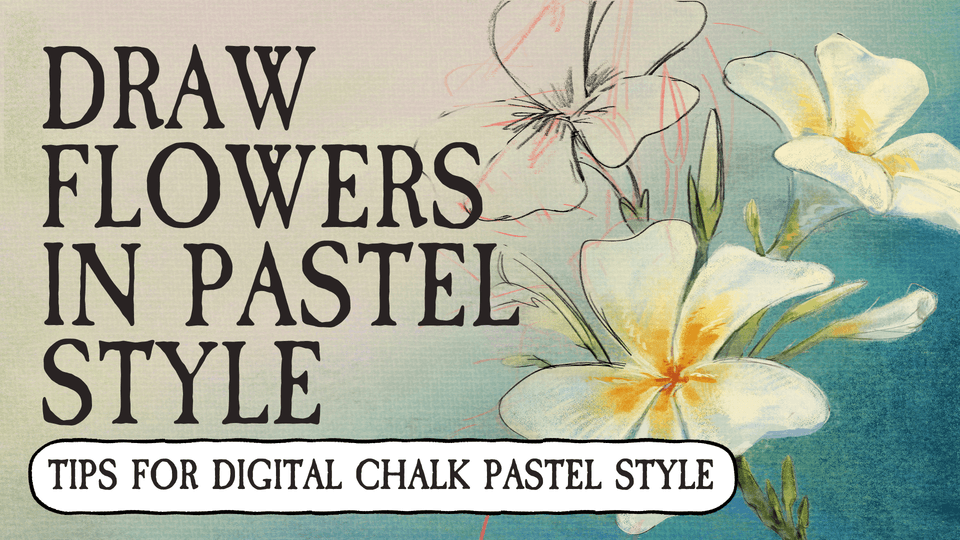Using Line Weight to Describe Object Weight
Using Line Weight to Describe Object Weight
Inking is so much more than just tracing over your penciled lines with solid blacks. Your line weight (the thickness of the line) can bring dimensionality to your drawing helping your reader understand the mass of the objects you depict.
Or, you know, it could just outline the thing.
Here are three different ways to use line weight to define the mass of your object.
We'll start with this simple situation of two stacked rocks.
I use red just to make it easier to see. Nothing terribly fancy or interesting. I've added some light shading more as a reference for myself so that I remember that these stones have mass.
Method 1, No Line Variation
This style of inking has no line variation. The outlines are slightly heavier than the interior lines that define the scratches and edges, but in general, there is very little line variation.
Size wise, we can guess that the larger rock is the heavier one. But we need some more information to really feel the weight of these objects. Coloring will help a lot to bring depth to these two rocks.
This style is common in animation because the lack of line variation makes it easy to reproduce frame after frame to achieve a consistent look.
Method 2, Heavy Line Weight Towards the Bottom of the Object
In this style, the heavier lines towards the bottom of each rock almost become the shadow. In method 1 the ink lines define the outside borders of the rocks. The lines in method 2 are part of the rocks.
The line weight helps to give the bottom rock a heavier feel than the top one. Colors would still help define the mass further, but we still get a good sense of mass with just inks.
We can push this idea even further in the next method.
Method 3, Squished Lines Where Objects Connect
We still have nice chunky lines towards the bottom of each rock, but as they get close to where the rocks touch each other, the lines get squished. This implies that the objects are so heavy towards the bottom that they squeeze the lines until they're so thin, they disappear.
Though method 2 introduced us to the concept of using heavier line weight at the bottom of an object, sometimes it can feel like these objects are floating on top of each other rather than really interacting.
When we smoosh out the lineart where these rocks touch, we get a more clear visual representation of how these objects are oriented in space relative to one another.
Again, color will always help. But if we start from a very strong representation in the inking stage, the color stage doesn't have to work as hard to define volume and form.
Conclusion, Use Whatever Method Works for Your Project
There are merits to all 3 methods. If you love coloring and can't wait to jump in and paint to your heart's content, method 1 will make inking go much quicker. If you want to spend less time with your colors, maybe method 2 will let you get away with less rendering. If you are more interested in straight up black and white or a limited color palette, method 3 can take you very far.
So while you're penciling your pages, take some time to figure out what you want your finals to look like and choose an inking method. Or use elements of all three. Or make up your own! Maybe you want to use the chiaroscuro inking method, which I didn't cover, that uses massive spot blacks to define shadows.
However you choose to ink, remember, you are NOT tracing. You are breathing life into your drawing!
























Comment